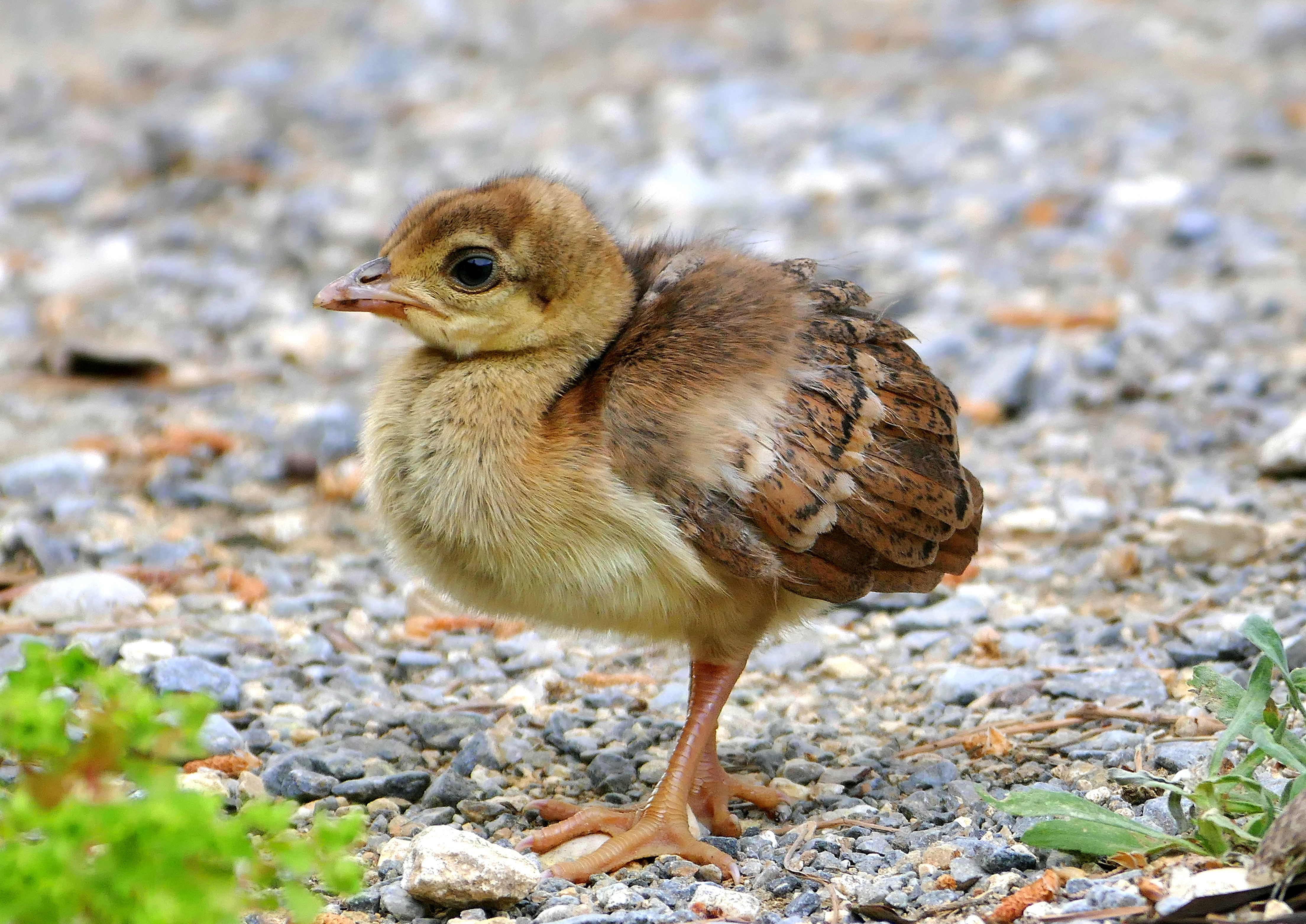
The Enchanting Baby Peacock: A Symphony of Beauty and Grace
In the vibrant tapestry of nature’s wonders, the baby peacock stands as a captivating spectacle, a testament to the boundless creativity of the animal kingdom. With its iridescent plumage, graceful movements, and endearing demeanor, this avian marvel captivates hearts and ignites imaginations.
A Symphony of Colors: The Baby Peacock’s Plumage
The baby peacock’s plumage is a masterpiece of avian artistry, a kaleidoscope of colors that dance and shimmer in the sunlight. Its iridescent feathers are adorned with intricate patterns and hues, creating a mesmerizing visual display.
The most striking feature of the baby peacock’s plumage is its "eyespot," a circular pattern of iridescent feathers that resembles a watchful eye. These eyespots are believed to serve as a defense mechanism, startling predators and diverting their attention away from the vulnerable chick.
Graceful Movements: A Dance of Elegance
The baby peacock’s movements are as captivating as its plumage. It struts and prances with an air of confidence, its long tail feathers trailing behind it like a flowing cape. Its every step is a testament to its innate grace and elegance.
As the baby peacock matures, its tail feathers grow longer and more elaborate, becoming a symbol of its beauty and virility. The male peacock’s tail feathers are particularly impressive, reaching lengths of up to six feet.
Endearing Demeanor: A Charismatic Companion
Despite its striking appearance, the baby peacock is surprisingly gentle and curious. It is often seen interacting with humans, pecking at their feet or following them around with its inquisitive gaze.
Baby peacocks are also highly social creatures, forming close bonds with their siblings and parents. They communicate through a variety of vocalizations, including chirps, whistles, and squawks.
The Journey to Adulthood: A Transformation of Beauty
The baby peacock undergoes a remarkable transformation as it matures into an adult. Its plumage becomes more vibrant and elaborate, and its tail feathers reach their full length. It also develops a distinctive crest on its head, adding to its regal appearance.
As an adult, the peacock becomes a symbol of beauty, pride, and fertility. Its elaborate tail feathers are used in courtship displays, attracting potential mates with their dazzling colors and intricate patterns.
Cultural Significance: A Symbol of Beauty and Grace
The peacock has held a special place in human cultures for centuries. In ancient Greece, it was associated with the goddess Hera, who was known for her beauty and majesty. In India, the peacock is considered a sacred animal, representing purity and good fortune.
Today, the peacock continues to be admired for its beauty and grace. It is often featured in art, literature, and fashion, inspiring awe and wonder in all who behold it.
Conservation: Protecting a Precious Species
Despite its widespread popularity, the peacock faces threats to its survival. Habitat loss, hunting, and pollution are all contributing to the decline of peacock populations in some areas.
Conservation efforts are underway to protect this magnificent species. Organizations such as the World Wildlife Fund (WWF) are working to preserve peacock habitats and raise awareness about the importance of these birds.
Conclusion: A Timeless Wonder
The baby peacock is a true wonder of nature, a captivating creature that embodies beauty, grace, and charm. Its iridescent plumage, graceful movements, and endearing demeanor have captivated hearts for centuries.
As we continue to admire and appreciate the baby peacock, let us also remember the importance of protecting this precious species for generations to come. By safeguarding its habitats and promoting its well-being, we can ensure that the enchanting baby peacock will continue to grace our world with its timeless beauty.
